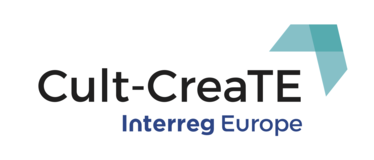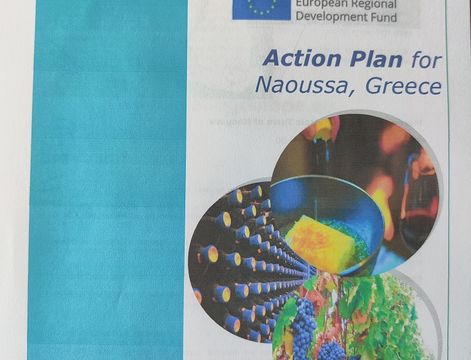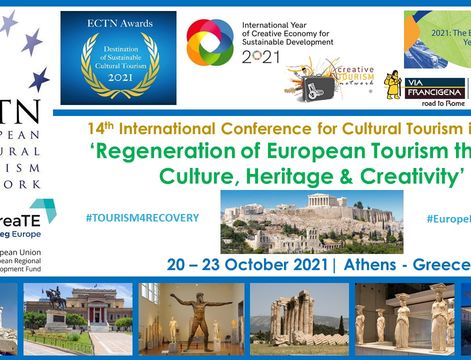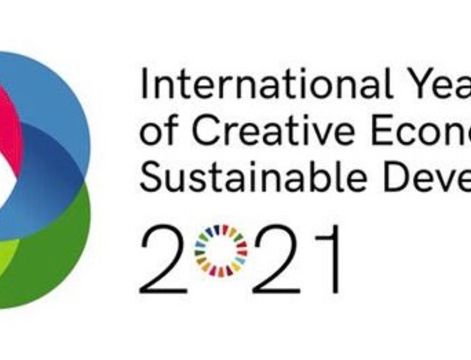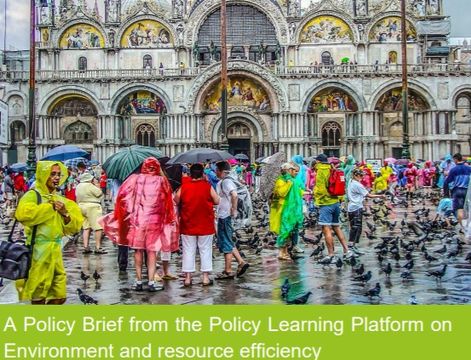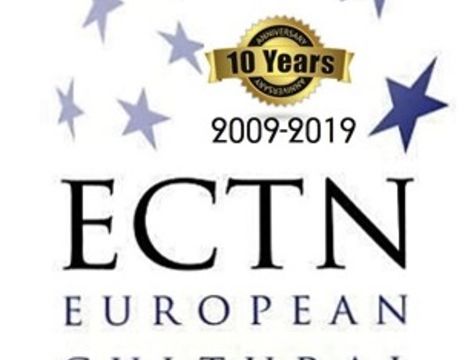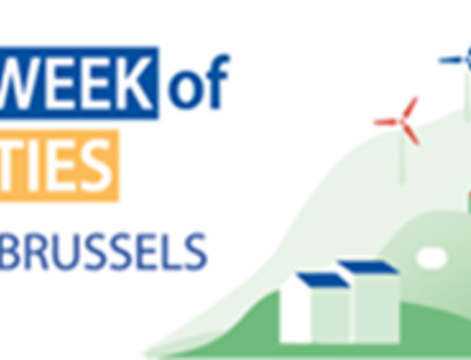From 6-7th November 2019, the Cult-CreaTE project partners gathered at Nicosia, Cyprus, for an inter-regional workshop session titled “Best practices of Cultural and Creative Tourism based on Cultural and Creative Industries”.
The first day was dedicated to study visits to see what Nicosia has done to develop its cultural and creative industries and related tourism.
A visit took place at Julia Astreou-Christoforou textile studio. Julia welcomes weaving enthusiasts to her workshop to learn hand weaving. She offers traditional weaving workshops for those who wish to learn weaving on looms but she also has programmes for school and tourist groups where visitors can try to understand very basic principles of weaving accompanied with stories about Cypriot traditional textiles. Visitors have the opportunity to buy high quality craft and design objects from the studio.
It was interesting to visit Nicosia’s creative quarter near the UN Peacekeeping Force-controlled border zone which divides Nicosia into Greek Republic of Cyprus and Turkish Republic of Northern Cyprus sides. The nearby territory in Cyprus has been degraded for many years since 1974. Nowadays the younger generation and the municipality wish to end the sad reminder of past conflicts and move on. The municipality has decided to put life in the degraded territory by developing a creative quarter and putting it on the tourist map. It was useful to talk with several workshop owners as well as representatives of cultural organizations like Pharos Arts Foundation and visit the Centre of Visual Art and Research.
The next day was dedicated to lectures, discussions and exchanges of experience. The President of the Nicosia Tourism Board (NTB) greeted the audience, which was followed by a presentation from the NTB about their strategic goal to be among the European cities which base their tourism on heritage, arts and creative industries. There were discussions on how they developed the Creative Industries (CI) quarter at the border line. For instance – renting municipal properties to artists at affordable prices, reviewing policies reducing taxes, maintaining roads and sidewalks, redirecting tourism buses to pass the area etc. It was also acknowledged that art and creative industries festivals are still powerful and effective tools to develop new places and audiences, to create a sense of community and to help the city’s branding and marketing.
This provided a clear example of how art and culture can help to resolve past conflicts and give hope for a peaceful future.
